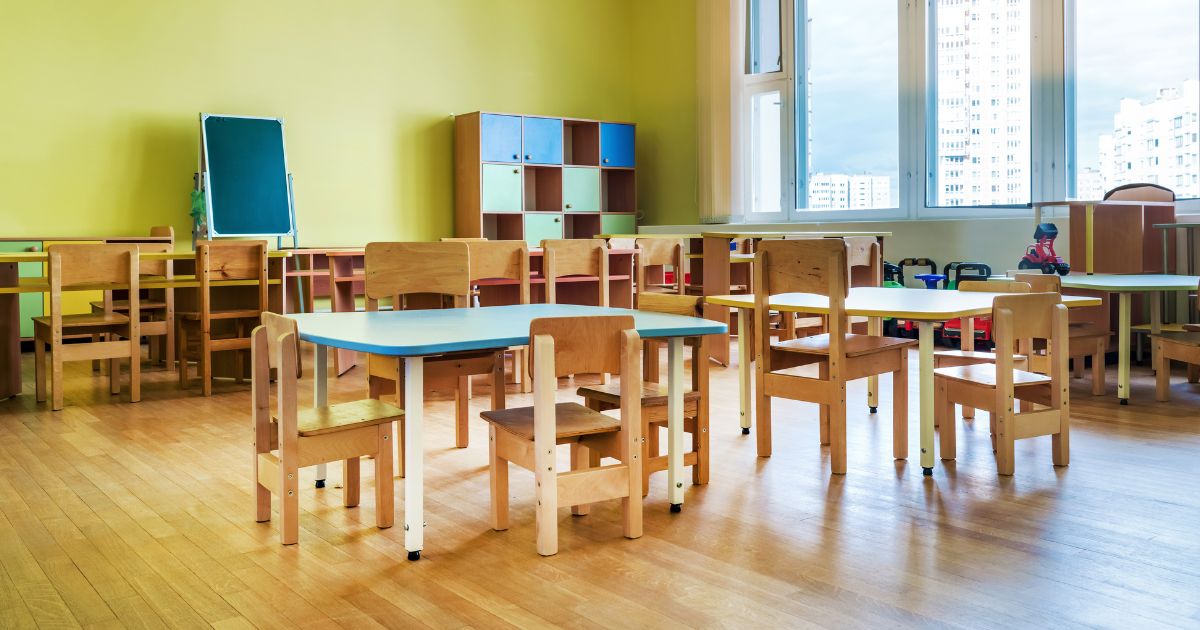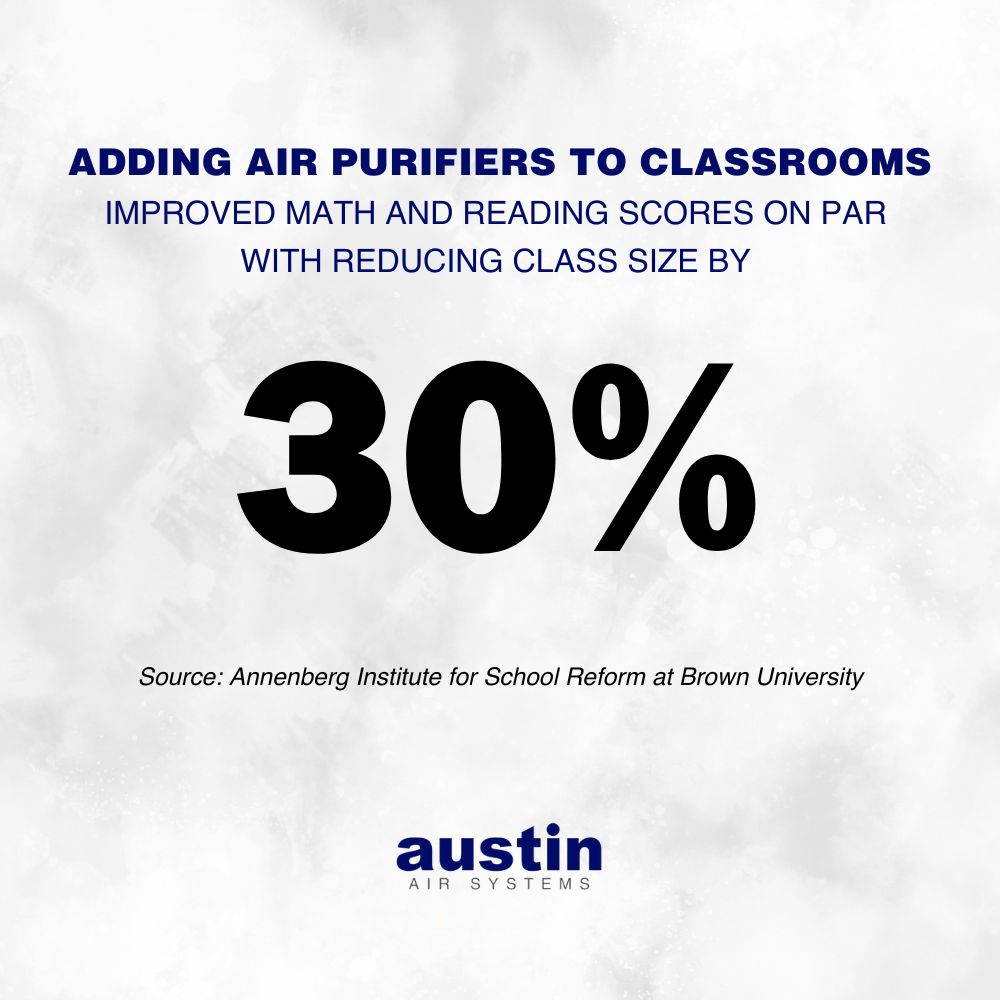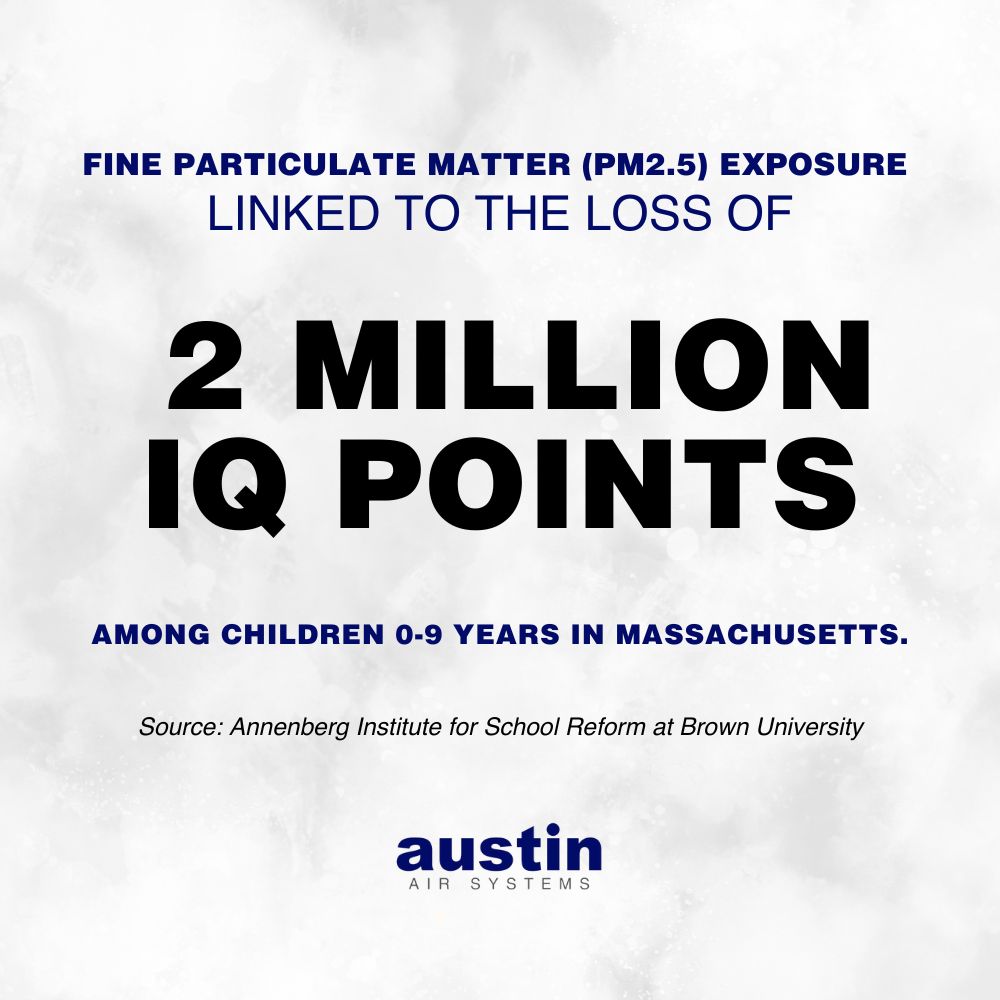Many parents are all too familiar with this scenario: you send your children to daycare or school and they return home with a runny nose, cough, or fever. (In fact, many parents reading this are likely experiencing back-to-school colds right now.) The close quarters and shared spaces of educational environments make them hotspots for the spread of illnesses. But now, new research is shedding light on a solution that could help break this pattern: air purifiers.
A recent study from Finland conducted as part of a pandemic prevention project offers promising news for parents and educators alike! The study, which took place in four daycares in Helsinki, found that air purifiers reduced illness among children by 18%, even in spaces with well-functioning ventilation systems.1 This groundbreaking research highlights the critical role air purifiers can play in protecting children from airborne pathogens, not just during pandemics but in day-to-day life.
The E3 Project: An Ambitious Approach to Health and Safety
The E3 Excellence in Pandemic Response and Enterprise Solutions project is a large-scale public health initiative that brings together top research organizations and companies in Finland. The project focuses on pandemic prevention, identifying transmission routes for infectious diseases, and developing technological solutions to limit their spread.2
One area of focus was daycares, where respiratory illnesses commonly spread due to the close contact between children. Compounding things is the fact that kids will be kids: failing to cover their mouths when they cough, sharing lollipops, etc. The study spanned two years and involved 51 children, aged 1 to 6, who attended daycares with air purifiers. The air purifiers were installed in spaces where children spent the most time, effectively doubling the supply of clean air.
Parents tracked their children’s illnesses using electronic diaries, and the results were significant: the use of air purifiers alone led to an 18% reduction in illness, without any additional infection control measures.
Why This Matters to Parents and Educators
For parents, the findings reinforce what many have long suspected – air quality plays a major role in their children’s health. This is especially true in environments like daycares and schools, where viruses and bacteria spread rapidly. While standard ventilation systems help to some extent, they are not enough to prevent the spread of airborne illnesses.
The study from Helsinki proves that supplementing ventilation with high-quality air purifiers can make a measurable difference. By removing airborne contaminants, air purifiers reduce the risk of illness and, ultimately, the number of missed school or work days for families.
The Medical Grade HEPA filter technology in Austin Air Purifiers is highly effective, removing up to 99.97% of airborne contaminants as small as 0.3 microns and 99% of those as small as 0.1 microns. This includes viruses, bacteria, dust, dander, and allergens.
Additionally, the carbon blend in the filter efficiently eliminates chemicals, gases, VOCs, and odors that can trigger asthma attacks.
The Long-Term Impact of Clean Air in Educational Settings
This latest research from Finland isn’t the only evidence pointing to the benefits of air purifiers in schools and daycares. Studies from both Europe and North America show that improving air quality in classrooms has far-reaching effects beyond preventing illness.
One of the most important examples is the groundbreaking research by Michael Gilraine, published by the Annenberg Institute at Brown University, which demonstrated that air purifiers in classrooms led to improved academic performance. In fact, the benefits of air purifiers in the classroom are comparable to reducing class sizes by 30%.3 Cleaner air is linked to better focus, allowing people to perform cognitive tasks more efficiently, and to also experience less distraction from respiratory discomfort.
Air Quality’s Impact on IQ Scores and Cognitive Development
The effects of poor air quality on children’s brains extend beyond the immediate risks of catching a cold or flu. Studies from Mexico City, where pollution levels are notoriously high, revealed that children living in heavily polluted areas experienced inflammation of the brain and cognitive deficiencies. Even more alarming, some children were found to be producing antibodies against proteins in their own brains due to exposure to air pollution.4
Research from Barcelona found that children attending schools near busy traffic areas made less cognitive progress over the course of a year compared to their peers in less polluted areas. The study highlighted the fact that proximity to heavy traffic negatively affects cognitive development in children—a disturbing reality for families living in urban areas.5
In Massachusetts, a study linked fine particulate matter (PM2.5) to the loss of nearly 2 million IQ points among children aged 0-9 years in 2019. Even in areas where pollution levels met EPA standards, the effects were severe, underscoring the need for stricter air quality regulations.6
A Path Forward: Using Air Purifiers to Protect Our Children
The mounting evidence from around the world points to a clear conclusion: clean air is essential for healthy child development. For parents and educators, the use of air purifiers offers a simple yet powerful tool to combat the effects of poor air quality.
In the wake of the COVID-19 pandemic, the Elementary and Secondary School Emergency Relief (ESSER) funds provide schools with a unique opportunity to invest in portable air purifiers. These devices can help reduce the spread of illnesses, improve cognitive function, and create a healthier learning environment for children. Schools have until September 30, 2024, to allocate these funds, making this an opportune time to prioritize air quality in classrooms.
A Healthier Future with Air Purification
The results of the Helsinki study and the broader body of research point to one undeniable fact – clean air is not just a luxury; it’s a necessity for the health and well-being of our children. By incorporating air purifiers into daycares and schools, we can reduce the risk of illness, boost academic performance, and provide children with the healthy environments they deserve.
If you miss the deadline for ESSER funding, don’t fret. New funding opportunities are announced on a regular basis that could potentially be used to purchase air purifiers for the classroom and daycares – check out the Austin Air Parent Teacher Toolkit to learn how to advocate for clean air.
REFERENCES
1 E3 Pandemic Response and Enterprise Solutions. (2024 September 11). Air purification reduces children’s morbidity in the daycare. E3 Pandemic Response. https://www.pandemicresponse.fi/post/air-purification-reduces-childrens-morbidity-in-the-daycare.
2 About. (n.d.). E3 Pandemic Response. https://www.pandemicresponse.fi/about.
3 Gilraine, Michael. (March 2020). Air Filters, Pollution and Student Achievement. EdWorkingPaper: 20-188. Retrieved from Annenberg Institute at Brown University: http://www.edworkingpapers.com/ai20-188.
4 Block ML, Calderón-Garcidueñas L. (2009 August 26). Air pollution: mechanisms of neuroinflammation and CNS disease. Trends Neurosci. 32(9): 506-16. doi: 10.1016/j.tins.2009.05.009.
5 Sunyer J, Esnaola M, Alvarez-Pedrerol M, et al. (2015 March 3). Association between traffic-related air pollution in schools and cognitive development in primary school children: a prospective cohort study. PLoS Med. 12(3): e1001792. doi: 10.1371/journal.pmed.1001792.
6 Landrigan PJ, Fisher S, Kenny ME, et al. (2022 July 18). A replicable strategy for mapping air pollution’s community-level health impacts and catalyzing prevention. Environ Health. 21, 70. doi: 10.1186/s12940-022-00879-3.



